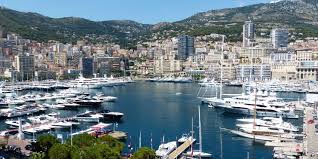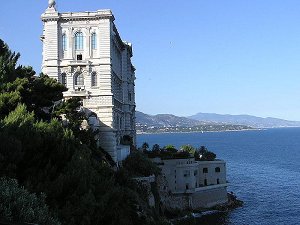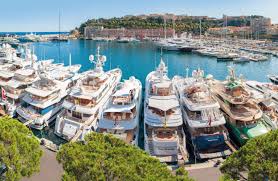Monaco in the late XVIII – early XIX centuries
 During the period of the French Revolution and the Napoleonic Wars. All possessions of the Monaco prince in France were lost after the French Constituent Assembly abolished feudal rights on the night of August 4, 1789. Initially, the meeting upheld the Peronn Treaty and even intended to compensate the prince for the loss of his property, valued at 273,786 francs. However, after the overthrow of the French king in 1792, this project was abandoned. Honore III’s references to the Treaty of Perno were unsuccessful, and by the time the prince died in 1795, the financial well-being of the dynasty was already undermined.
During the period of the French Revolution and the Napoleonic Wars. All possessions of the Monaco prince in France were lost after the French Constituent Assembly abolished feudal rights on the night of August 4, 1789. Initially, the meeting upheld the Peronn Treaty and even intended to compensate the prince for the loss of his property, valued at 273,786 francs. However, after the overthrow of the French king in 1792, this project was abandoned. Honore III’s references to the Treaty of Perno were unsuccessful, and by the time the prince died in 1795, the financial well-being of the dynasty was already undermined.
Napoleon Bonaparte In Monaco itself, a struggle broke out between the two parties. One of them advocated maintaining the sovereignty of the principality. Another, People’s society, demanded, first of all, the creation of a system of representative government. The second of them managed to win. In January 1793, the National Convention was elected, which soon announced the overthrow of the Grimaldi dynasty.
The entry of French troops into the county of Nice accelerated the formation of a new regime. On February 15, 1793, the French Convention decided to unify the principality with France. Monaco, renamed Fort Hercule, formed the canton as part of the French Republic, and then became the administrative center of the district (later the center was moved to San Remo).
All the wealth collected in the princely palace was seized, paintings and works of art were sold, and the palace itself turned into a barracks, and then – into a hospital and a shelter for the poor. Most members of the princely family (including Honore III) were arrested, then released, but were forced to sell almost all of their property. Some of them served in the French army.
The situation changed after the abdication of the French emperor Napoleon. The first Parisian world on May 30, 1814 restored the principality within the borders that existed before January 1, 1792, under the French protectorate.
Honore IV, son of Honore III, became the prince, but due to poor health, he ceded the throne to his brother Joseph. The son of the abjured prince, Honore Gabriel rebelled against this decision and persuaded his father to transfer power to him. In March 1815, Honore IV (1815–1819) went to Monaco, but, arriving at Cannes, he was arrested by the landed Napoleonic forces and taken to Napoleon.
After the final collapse of the Empire, according to the second Treaty of Paris on November 20, 1815, the principality was placed under the protectorate of the Sardinian kingdom.




